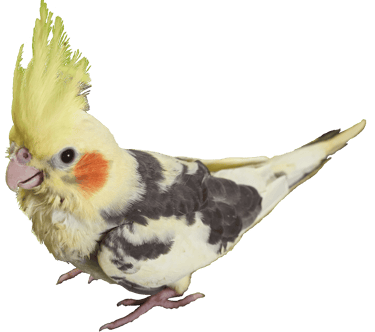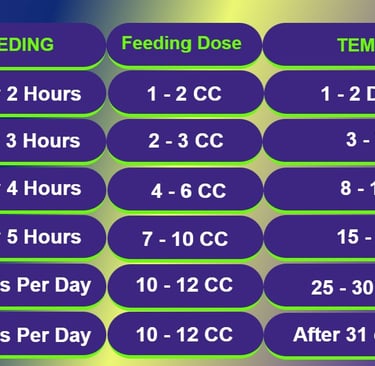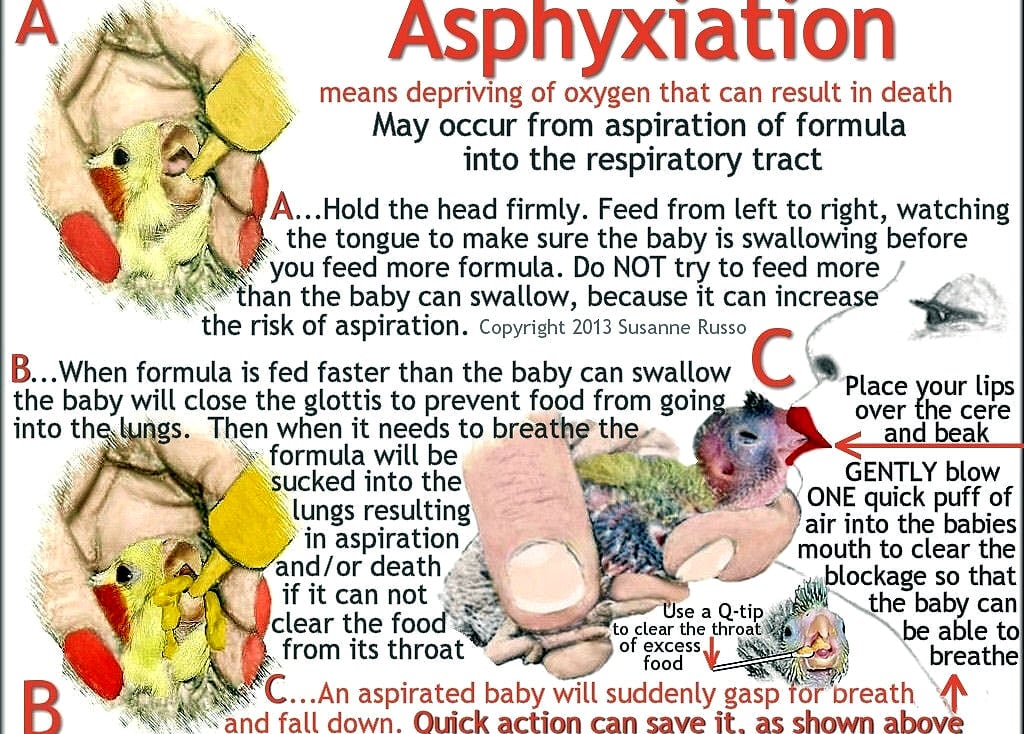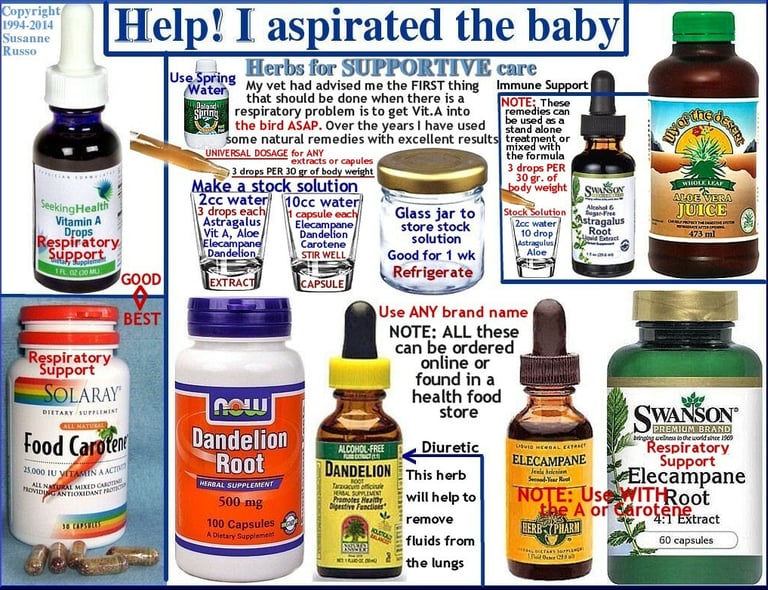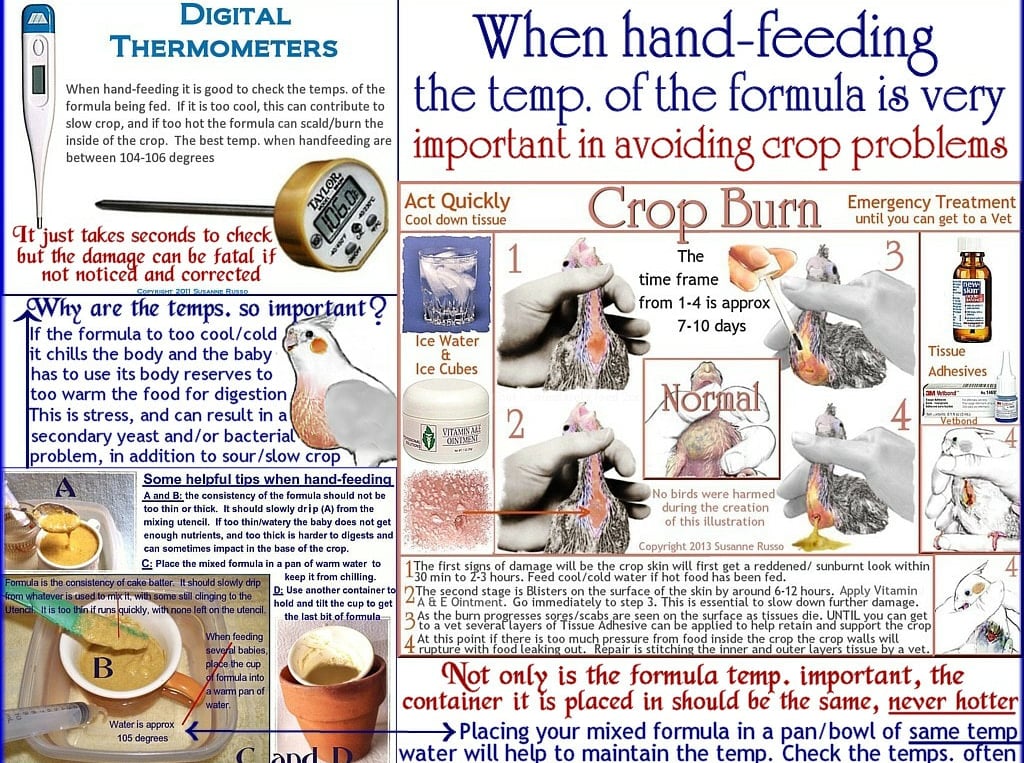What you need to know when you are buying a parrot
IMPORTANT INFORMATION
Young birds need a lot of rest when going to a new home.
Avoid keeping your new pet out for long periods of time.
Baby birds are in an 75 F room and need time to adjust to the temperature of your home.
Do not place them under air condition vents.
Do not place them directly near a window.
If your birds is consistently "fluffing up" it's feather, this is an indication that the room is too cold.
Move the bird to another room and / or cover the cage to achieve desired temperatures goal.
Do not change or mix your bird's food for at least two weeks.
Please visit my page "Bird Nutritionals"
Provide fresh millet for your bird each day for at least two weeks.
Introduce your bird to new food gradually and over time.
Bird should be kept indoors for at least two weeks.
You can upload photos of your pet. They will be removed after sale.

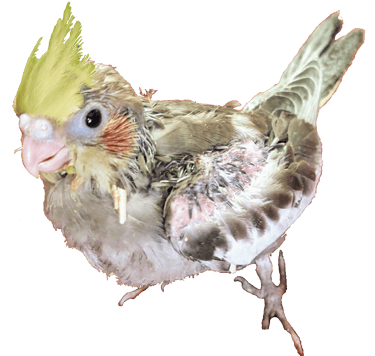

IMPORTANT
to know for those who want to feed the baby birds themselves:
Hand Feeding Instructions
1. Take baby formula and mix warm tap water until it become the consistency of creamy pudding or a loose cake batter.
2. NEVER feed more than 10-12 cc per feeding.
3. Cool/cold formula can contribute to slower crop movement and other crop issues.
Check the temperature (about 105 degrees) and then feed. (98-105 degrees is perfect)
Never save, reheat and reuse formula.
Always mix fresh formula for each feeding.
4. Hold the head firmly. Feed from right to left, watching the tongue to make sure the
baby is swallowing before you feed more formula.
DO NOT TRY TO FEED MORE THAN BABY CAN SWALLOW,
because it can increase the risk of aspiration.
5. Keep track of the weight of your baby. Always weigh the bird when it is empty.
Weighing is also your diagnostic tool to make sure things are fine.
Sometimes a baby may appear fine, but start dropping weight rapidly.
If so, this is a sign of a problem.
6. At the fledgling age you may notice the baby has lost a few grams.
This is normal, especially if you've noticed that they are flapping their wings and trying to fly. Once they've taken their first light, they should start gaining back the lost weight.
7. Some words of caution. Never let a baby fly with a full crop.
Allow them to fly before you hand-feed them. If they fly with a full crop and crash land this can cause aspiration if they hit their crop. When this happens the food is forced back up the neck, and if inhaled results in aspiration or respiratory problems.
8. When hand-feeding, a good measure against possible aspiration is to have a firm grip of baby's head, and to always feed the formula into the RIGHT side of the mouth.
9. When they are down to 2 feedings a day, I will move them into a cage. I've learned that the babies are more apt to try new foods once a feeding is skipped. Once I see the babies nibbling and eating more on their own, I will start decreasing the morning feeding down 1 cc per day. Once down to 0, they are down to 1 feeding a day (at night).
10. Once I start seeing the baby/babies nibble on millet seed, I will decrease the middle feeding by 1cc per day, down to 0 cc. At 0 cc, I will then skip the middle feeding. It is less confusing or traumatic to the baby.

